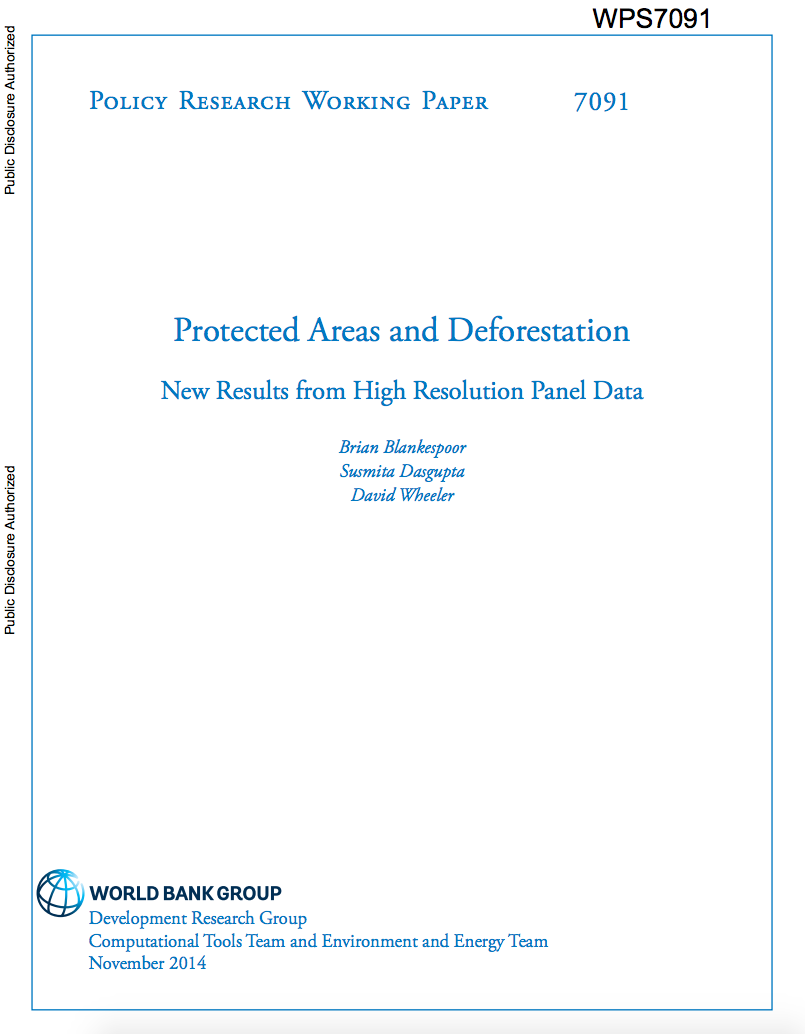Does Culture Matter for Development?
Economists have either avoided or
struggled with the concept of culture and its role in
economic development. Although a few theoretical works --
and even fewer empirical studies -- have appeared in the
past decades, this paper tries to build on a
multidisciplinary approach to review the evidence on whether
and how culture matters for development. First, the paper
reviews available definitions of culture and illustrates


